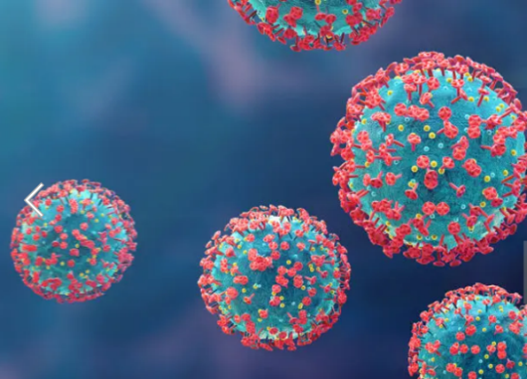Seattle Children’s, an international leader in the effort to better treat cancer in children, teens and young adults by boosting the immune system with immunotherapy, has reached a new milestone by enrolling its 500th patient in its chimeric antigen receptor (CAR) T-cell immunotherapy clinical trials in 10 years. T cells play a key role in […]
Seattle Children’s Research Featured in Worldwide Study on COVID-19 Vaccine Safety in Young Children
New findings from Seattle Children’s Research Institute’s Center for Clinical and Translational Research reveal that a three-dose primary series of Pfizer’s COVID-19 vaccine was safe and effective in children 6 months to 4 years of age, even when a new variant (Omicron) was circulating. The findings were released on Feb. 16 in the New England […]
Biotechnology start-up GentiBio — a Seattle Children’s Research Institute spin-out — announced a multi-year collaboration with global pharmaceutical company Bristol Myers Squibb, the latest success story in the research institute’s rapid development of therapies and technologies that change children’s lives. Spin-off companies and biotechnology/pharmaceutical industry collaborations are a critical part of accelerating and expanding the […]
Seattle Children’s is actively working to identify, validate and innovate how children with pediatric acute and other high-risk leukemias are treated.
Two years ago, Meagan stood in a hospital room at Seattle Children’s cradling her 1-year-old daughter, Harper, against her chest. Her fiancé, Josh, huddled close to them and kissed the thinning hair on top of their baby’s head. A feeding tube was routed through Harper’s nose and her eyes were brimming with tears. Exhausted, she […]
Seattle Children’s Research Institute today announced the Invent at Seattle Children’s Postdoctoral Scholars Program, a $45 million investment in training early career scientists historically underrepresented in biotech in the development of therapeutics for childhood conditions. Seattle Children’s has pledged to raise an additional $10 million for the program. “We want to create an on-ramp to […]
Each year, hundreds of thousands of babies born prematurely in low- and middle-income countries die because medical facilities there cannot afford the equipment that could help babies survive those crucial first few weeks after birth. Many of these deaths are caused by respiratory distress syndrome. In sub-Saharan Africa alone, some 6 million preterm babies are […]
When Amanda Thorlacius found out she was pregnant with a little girl, she was overjoyed. But she wondered if her daughter would inherit the same genetic condition that robbed her of a normal childhood. “Give me all the diseases in the world, but don’t give Alagille syndrome to my children,” Amanda said. Alagille syndrome (ALGS) […]
Seattle Children’s is excited to welcome Dr. Burt Yaszay as the new chief of Orthopedics and Sports Medicine at Seattle Children’s. Yaszay comes to Seattle Children’s with a bright vision for the future as well as a deep respect for the roots in which Seattle Children’s was founded. We sat down with Yaszay to learn […]
Hypospadias (pronounced hype-oh-spay-dee-us) is a birth defect where the opening of the urethra, the tube that carries urine from the bladder to the outside of the body, is not located at the tip of the penis. Depending on the severity of the condition, it can affect the penile function and one’s self-perception. It is a […]





